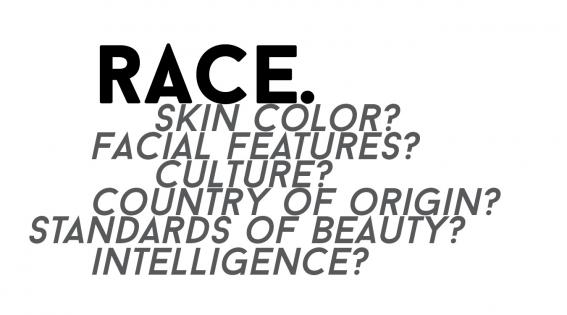Finding authentic language to talk about race is always difficult. We may have the words to use with adults, but finding developmentally-appropriate approaches for young children stump us.
Here are some points I keep in the forefront of my mind when teaching about race, racism and mixed-heritage:
- Listen!
Whether you’re teaching from a text, speaking to parents at your school, or having a conversation with your own child about race, listen for the words the speaker uses to self-identify. Recognize that we often hear and perceive the world through our own biased lenses. We need to practice careful, precise listening in order to ensure we are truly hearing what is said. - Use the speaker’s lexicon.
Don’t guess. Don’t correct. Don’t sanitize. It’s okay to ask someone to repeat what they said or to ask clarifying questions if you have a relationship with the person. - Identify yourself.
Don’t position yourself as an objective third party. Instead, bring yourself into the conversation as a member of the community with a unique set of identities and experiences. This is particularly important for white people, and especially hard because whiteness is often considered the norm in our culture. However, not naming whiteness in the same way that we name other races serves to keep people of color as “the other” or “different.” This is also harder for adults, who have many more years of socialized baggage around our own identity groupings. However, locating yourself for your students empowers them to do the same, especially if their identity doesn’t fall neatly into the dominant narrative. - Avoid referring to mixed-heritage studies as a “diversity” lesson or “alternative” history.
Validate the contributions of mixed-heritage people as integral to our collective history and our shared present. When we put mixed-heritage studies or stories about people of color in the “diversity” bin at school, we marginalize the experiences of children who identify with those histories. We also perpetuate the harmful internalization of whiteness as “normal” for white students and students of color. - Seek out partners for accountability and support.
We can’t do this work alone because we don’t know what we don’t know and the problem is too big. Most of us have been given few tools for learning about race, racism, and racial identity development. We have all been steeped in a racially unjust world and have internalized harmful messages from the media and society. We need each others’ help to see what we cannot see – to name our own blindspots and ignorance. It is also naïve to think that we can singlehandedly solve the problem of race stereotyping and racial inequity alone. Creating a community of encouragement and support from friends, family and colleagues is critical in engaging in sustainable, effective social change. It is important for adults to do this in order to be equipped to guide and support students as they navigate race, racism and identity in their lives. - Embrace discomfort!
Perhaps this is the most important! By virtue of our culture, institutions and individual experiences, we are socialized to be most comfortable living within myths about race without confrontation. It is critical that we take off the comfortable lenses we’ve been using to view the world and usher in new ways to honor the complexity of each of our individual selves. This will be uncomfortable! There are moments when you will not have the “right” words, either because you haven’t learned them yet, or because they do not yet exist. There will be moments when we will make mistakes that we will have to apologize for and try to fix. However, we must be willing to take risks and be brave in order to create a more just and equitable world.
Further reading: Five Myths of Talking about Race with Your Child


